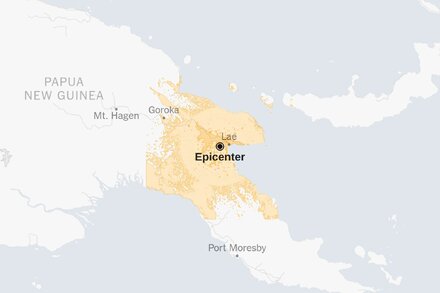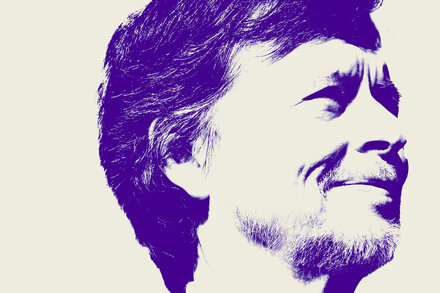A 17th-century Flemish painter whose remarkable versatility and ambition once defied the gendered expectations of her era is finally receiving the recognition she was historically denied. Michaelina Wautier (c. 1604-1689), an artist whose works were often misattributed or overlooked due to prevailing biases, is now being celebrated as a major figure in Baroque art, challenging the long-held assertion that certain masterpieces could only have been created by men.
For centuries, the art world largely marginalized female artists, often confining them to specific genres like portraiture or still life, and rarely acknowledging their contributions to more prestigious categories such as history painting. Wautier, however, broke these molds, producing an extraordinary oeuvre that spanned portraits, genre scenes, religious compositions, still lifes, and ambitious, large-scale historical works.
Born in Mons, in the Spanish Netherlands, Wautier trained and worked in Brussels alongside her artist brother, Charles Wautier. Her unique position as a successful professional painter, particularly one tackling monumental subjects like “The Triumph of Bacchus” (c. 1650), stood in stark contrast to the limited opportunities available to most women artists of her time. Despite her prodigious talent and significant output, her work often fell into obscurity or was mistakenly attributed to male contemporaries, including her own brother or prominent figures such as Jacob van Oost the Elder.
“For centuries, the assumption lingered that such breadth and ambition in painting were exclusively the domain of male artists,” stated Dr. Eleanor Vance, a leading art historian specializing in Baroque art, commenting on Wautier’s re-evaluation. “Her mastery across genres, from monumental history paintings to intimate portraits, dismantles that outdated notion completely.”
Recent scholarship and groundbreaking exhibitions have been instrumental in unearthing Wautier’s true artistic legacy. Through meticulous research and careful authentication, art historians have brought her works back into the spotlight, proving her authorship and re-establishing her rightful place in art history. Institutions like the Kunsthistorisches Museum have played a crucial role in showcasing her extensive body of work, inviting a new generation of viewers and scholars to appreciate her contributions.
The rediscovery of Michaelina Wautier not only corrects a historical injustice but also serves as a powerful reminder of the hidden talents and overlooked geniuses among women artists throughout history. Her story underscores the importance of critically re-examining historical narratives and challenging ingrained biases to ensure that artistic merit, regardless of gender, is fully recognized and celebrated.
Source: Read the original article here.





